How To Know If Someone Blocked You On iMessage? 5 Secret Hacks!
Apr 16, 2025

Apr 16, 2025

Apr 16, 2025

Apr 15, 2025

Apr 11, 2025

Apr 11, 2025

Apr 11, 2025

Apr 08, 2025

Mar 29, 2025
Sorry, but nothing matched your search "". Please try again with some different keywords.


E-commerce has transformed business dynamics and opened possibilities for global outreach, 24/7, and unprecedented ease for sellers and buyers alike.
It is estimated that by 2025, sales in global e-commerce will cross $7 trillion, making it a critical function in today’s economy.
Firms can use a new market base and lower operation costs, giving digital tools to make efficiency work. Competition is getting keener, and online presence is no longer.
Optimization of the e-commerce platform has become necessary to keep up with competitors and grab the attention of consumers.

E-commerce optimization is a strategic approach to upgrading various functional areas of an online shop to generate maximum potential for performance, a good user experience, and profit generation.
Techniques applied include technical refinements, design improvements, marketing campaigns, and data analysis to:
Generate website traffic to increase conversion rates. Improve customer retention and enhance shopping experience.
Optimization is a constantly evolving process that changes with time, consumers’ needs, and changes in market dynamics.
E-commerce site optimization is of multiple closely linked goals, for example:
A fast site that performs well is essential for retaining customers and ranking. It is said 53% of mobile users leave a site if it takes over three seconds to load. This directly affects user satisfaction, bounce rates, and conversion rates.
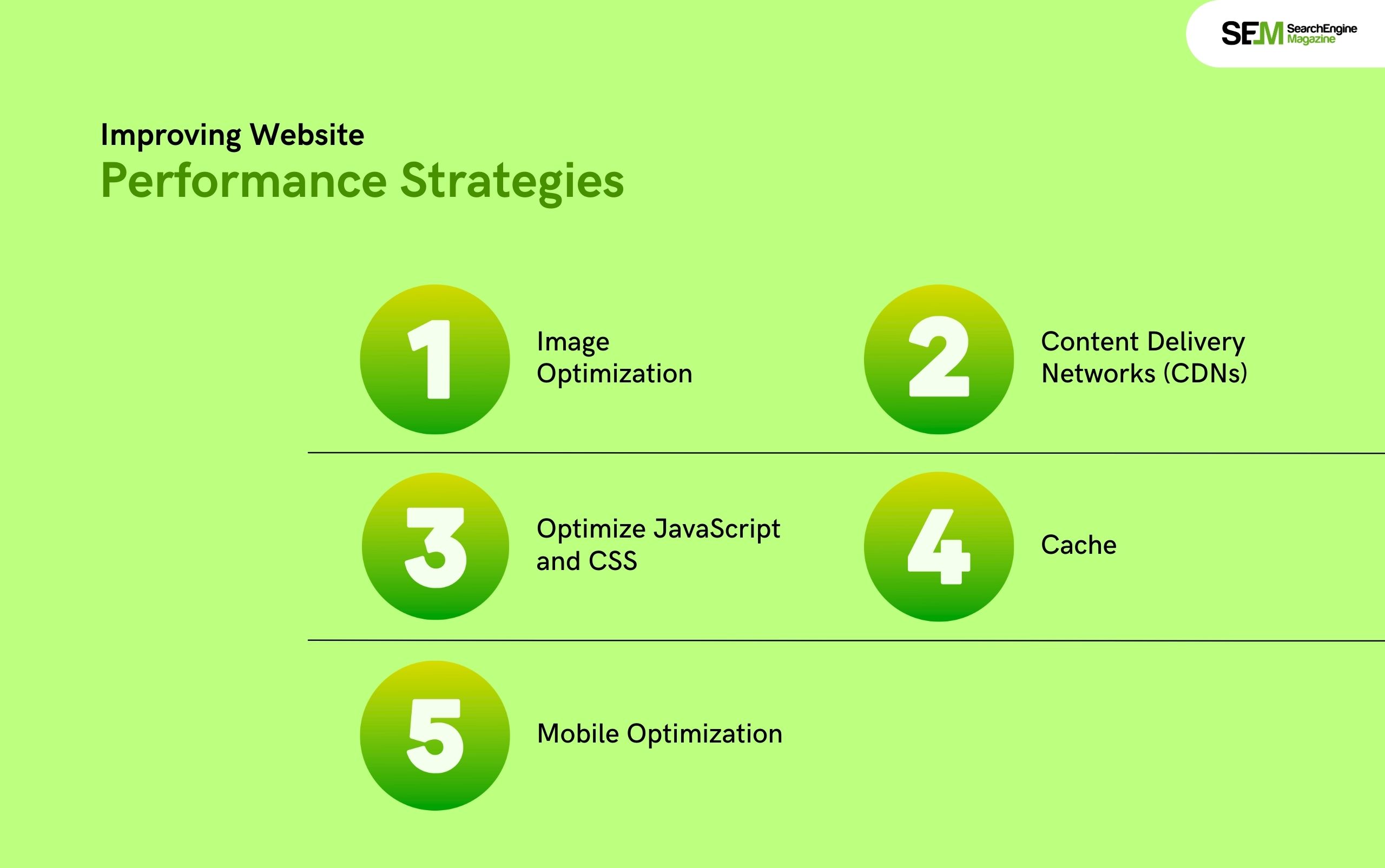
If you want to improve the website performance, you have to identify strategies that will be effective. Furthermore, it is important for you to use these strategies to improve how your website performs overall.
User experience impacts the perception of a customer and their readiness to buy. Bad UX makes customers frustrated, carts abandoned and even lose sales. On one hand, a good, thought-out UX design develops trust, ease, and satisfaction.
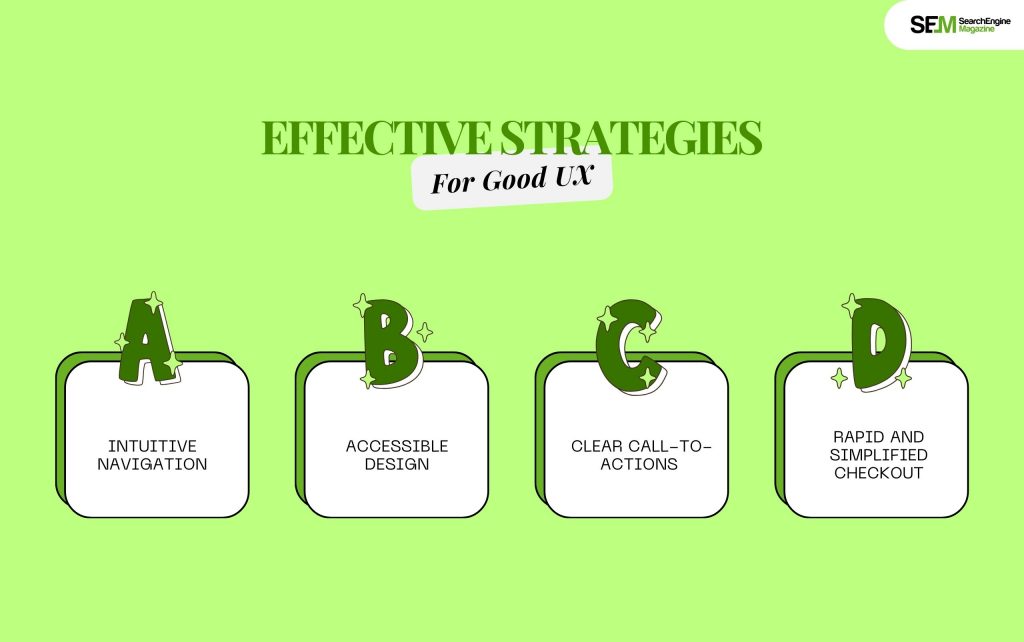
For effective good user experience, you need to implement effective strategies. These strategies will create a good integration between the website of the brand or the organization and the customer of the brand.
Conversion rate optimization, CRO, systematically increases the percentage of website visitors who accomplish a desired action.
For example, making a purchase, subscribing to a newsletter, and downloading an application.
In most cases, CRO entails user behavior analysis and testing of different website elements and their implementation based on data-driven results.
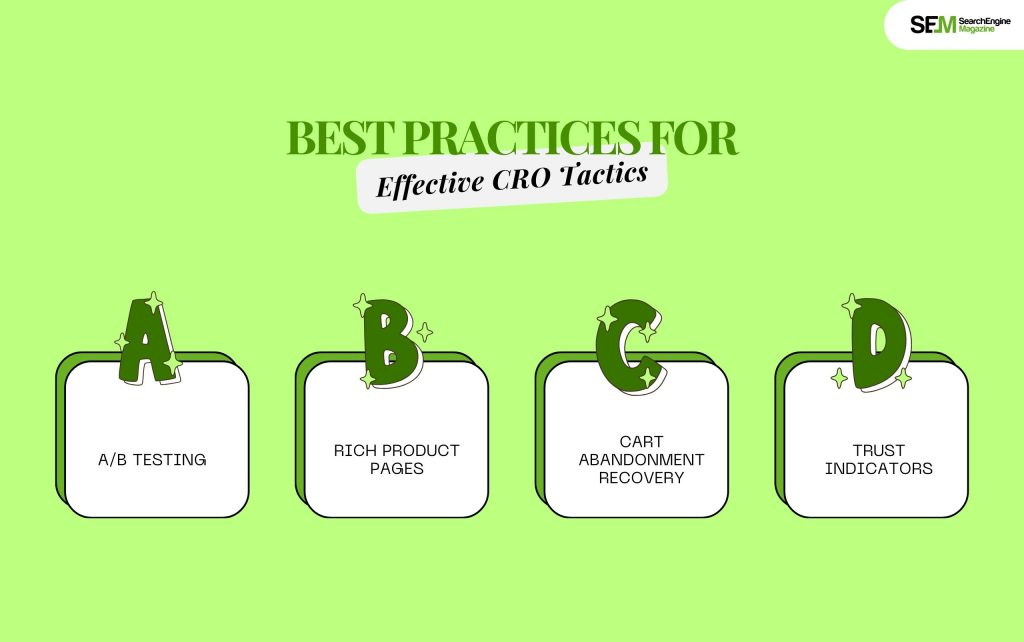
To make the CRO tactics more effective, you need to integrate some of the best practices. These practices will contribute to an overall ecommerce optimization.
SEO is an important method for increasing visibility and organic traffic on your website. Proper SEO helps your store to rank at the top of the search results people may find your site.
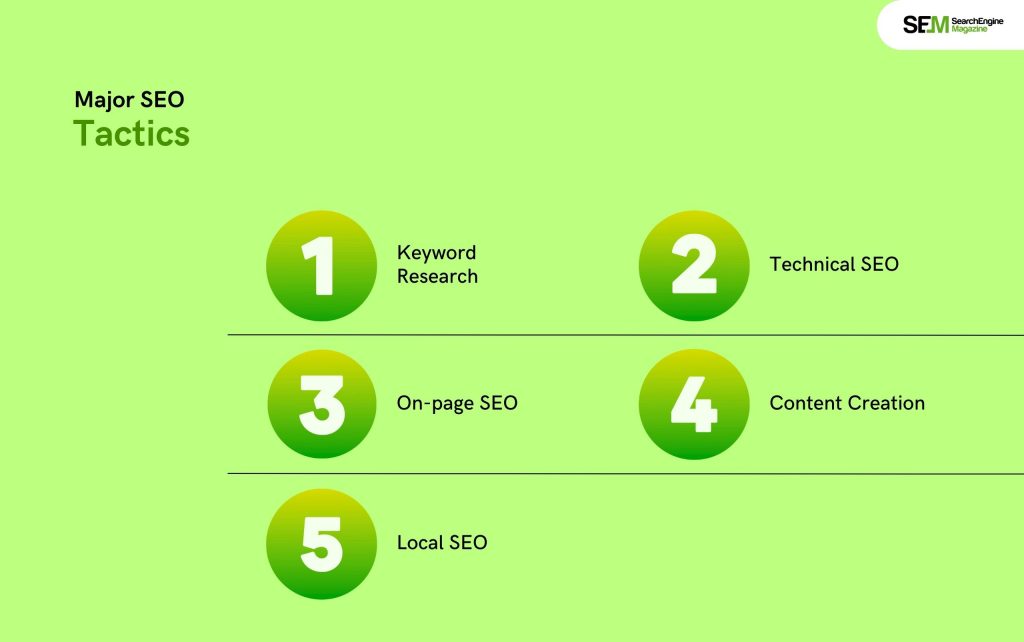
Let me share with you some of the major SEO tactics which will contribute to your website performance. I assure you that these tactics will ensure that your site is organically bringing traffic!
Content marketing drives authority keeps the customer interactive and encourages SEO. Superior quality content develops traffic and gives rich information to purchasing buyers.
Think about the content marketing campaigns and integrate them well with the website performance. If you feel that the website is not performing well, you need to develop your campaigns accordingly.
Meaningful relationships are built on customer engagement. With data and technology, companies can personalize experiences that encourage engagement and loyalty.
Have you made any plans regarding customer engagement with your website? There are ways in which you can bring in new customers and retain the old ones. Let me share with you the key personalization strategies. This will help you decide on the way your website to integrate UX to the hilt!
Data is the fundamental source of informed choice in e-commerce. Data can be collected, analyzed, and used to see trends, understand performance, and identify growth potential.
You must keep track to the following important data points so that your e-commerce can be integrated effectively.
Let us follow through the important metrics which can be used to monitor the website and other related factors!
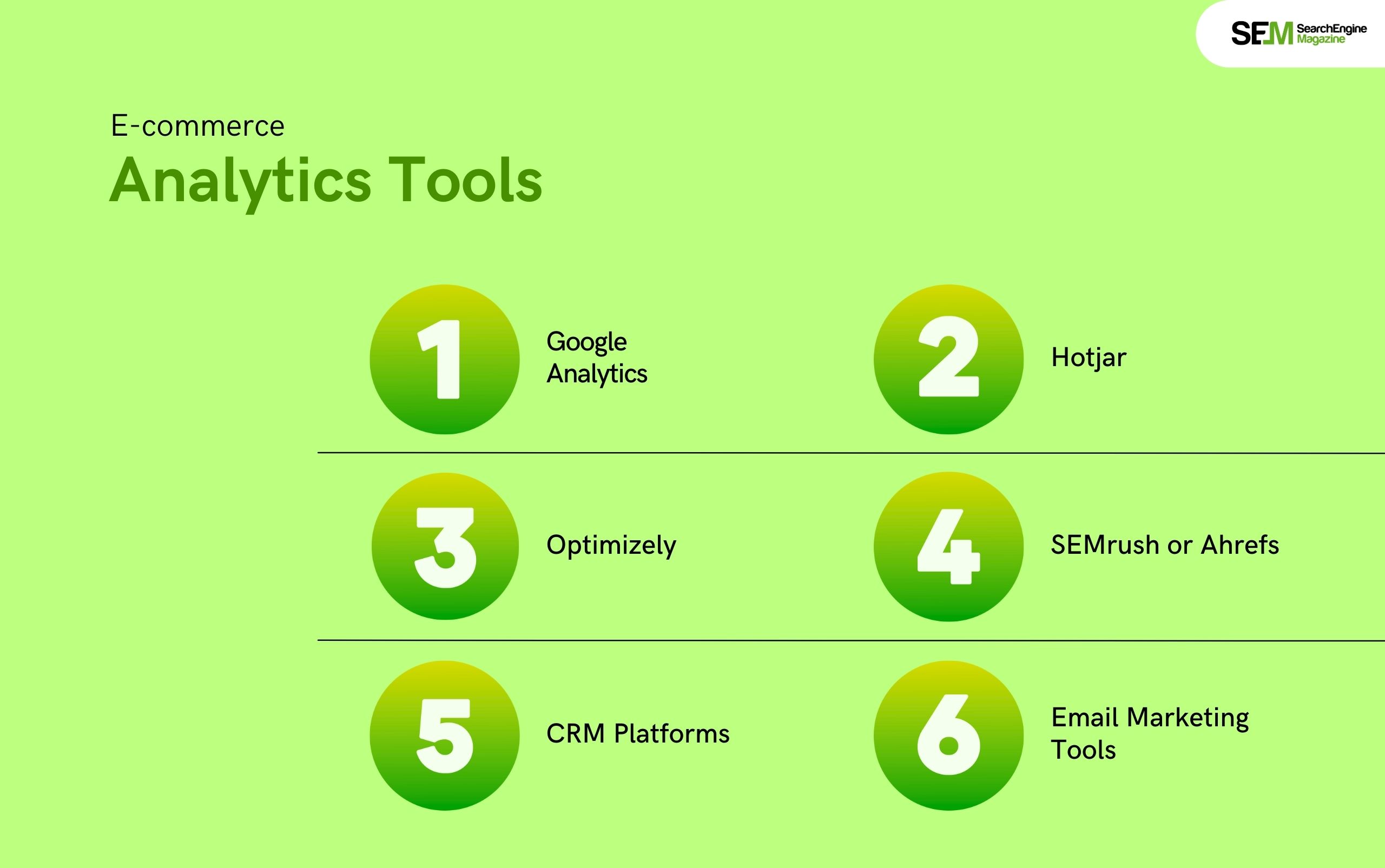
To achieve optimization and to keep a check on the performance of a website, one applies the following:
E-commerce optimization is not a matter of improving one area of your online store to multiple strategies that harmonize to build an effective system.
It’s the optimization of your website’s performance and user experience, SEO, content marketing, and personalization-all elements contributing to driving sales and fostering growth.
Data-driven decision-making and constant monitoring of key metrics ensure that the business reacts to changes in market trends and consumer expectations.
Optimization can occur more quickly and easily about which areas need improvement, and which opportunities are available using advanced tools and analytics.
E-commerce optimization is the way to stand out in today’s highly competitive digital landscape and ensures customers are retained and successful in the long run.
Businesses focusing on optimization will surpass customers’ expectations, opening the door to long-term profitability and growth.
Nabamita Sinha loves to write about lifestyle and pop-culture. In her free time, she loves to watch movies and TV series and experiment with food. Her favorite niche topics are fashion, lifestyle, travel, and gossip content. Her style of writing is creative and quirky.
View all Posts
How To Know If Someone Blocked You On iMessag...
Apr 16, 2025
7 Website Design Mistakes That Are Hurting Yo...
Apr 16, 2025
Programmable Dynamic SEO for Location-Based P...
Apr 15, 2025
Google Boba Game: How To Play This Fun Game B...
Apr 11, 2025
Which Is The Best Video Search Engine Of 2025...
Apr 11, 2025

